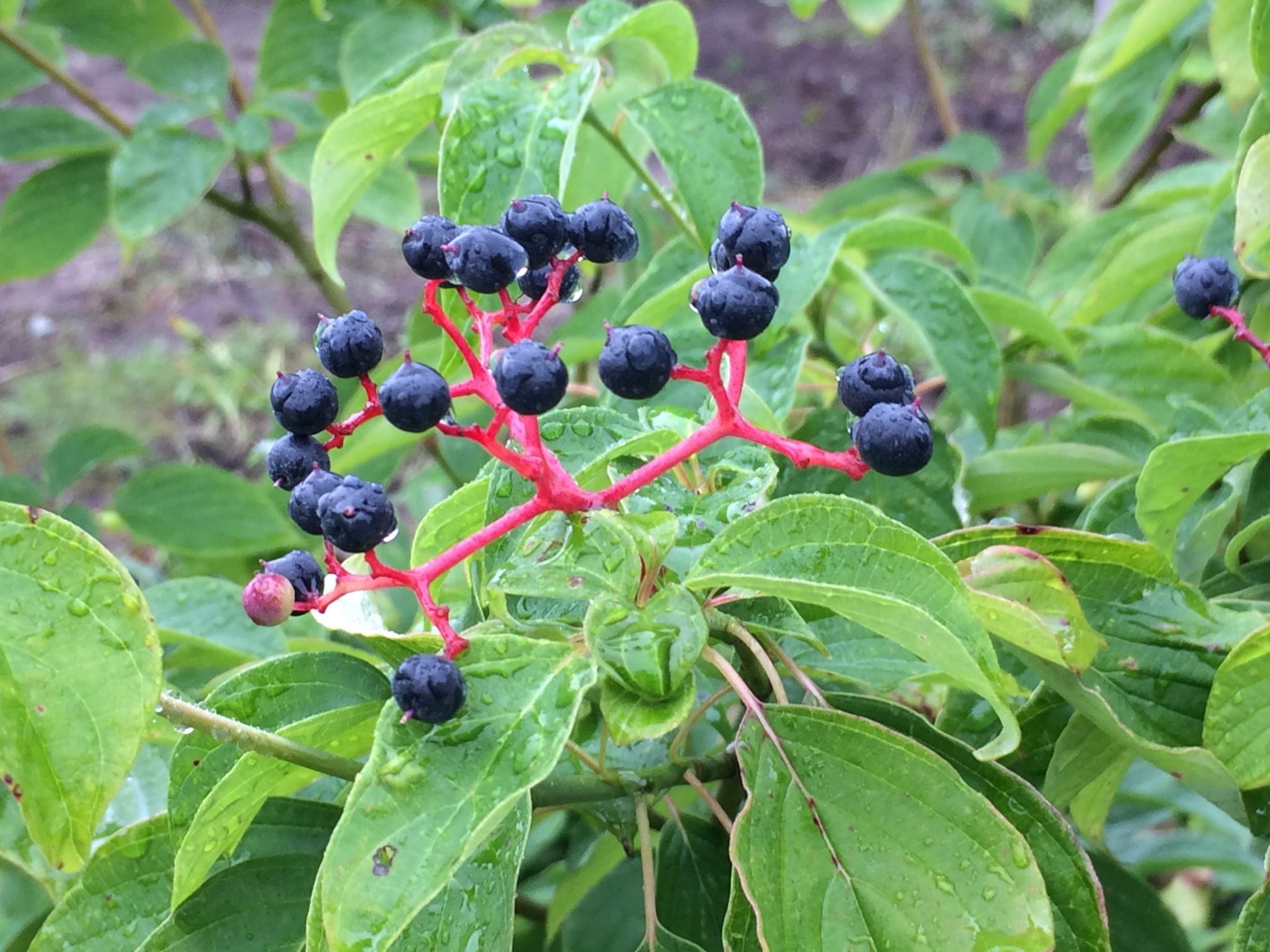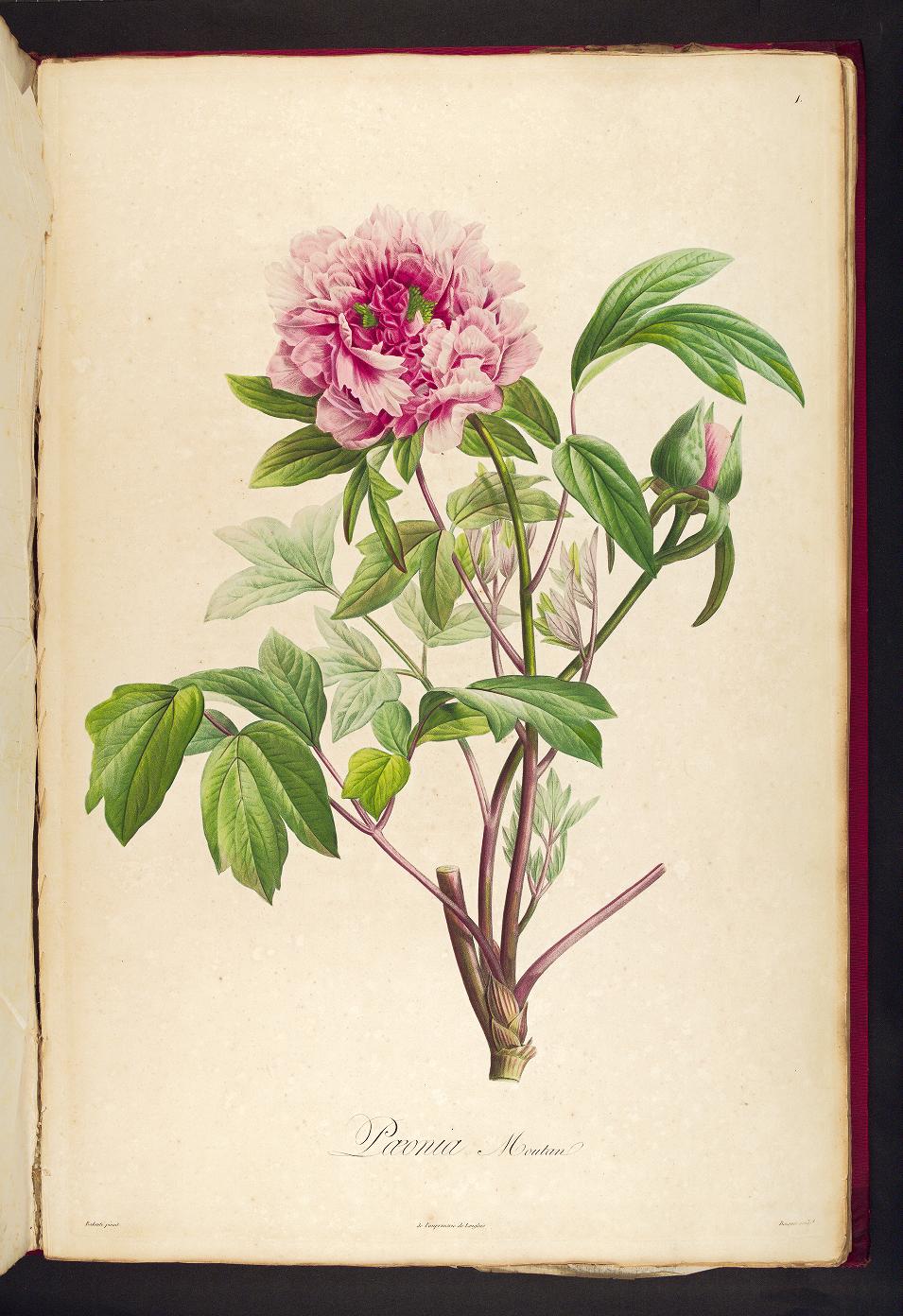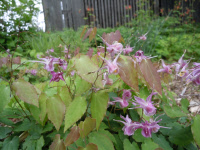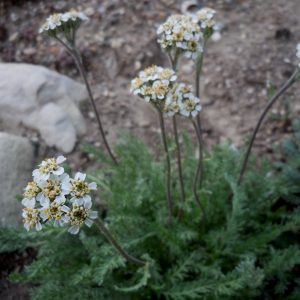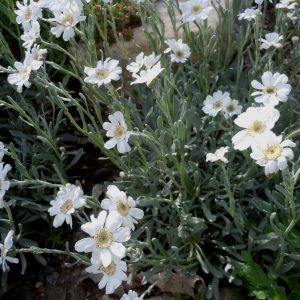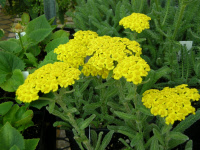…for quite a while. If you mulch the soil it will stay above 55˚even longer. So plant away to your heart’s content or move plants if you want for probably…
More »Search Results for: bleeding heart vine
Mid-Winter Magic
My friend Martha Bergland calls it “plant porn,” that is, melt-your-heart, feed-your-soul flower pictures. As abundant as a garden in June, horticultural illustrations and photographs wait in cyberspace for the…
More »-
Epimedium grandiflorum Barrenwort, Bishop’s hat Z 5-8
OUT OF STOCK White-lavender flowers in May atop wiry stems look like fantastical birds with too many wings, or a four-cornered bishop’s hat. Ornamental heart-shaped leaves and red stems....
OUT OF STOCK
White-lavender flowers in May atop wiry stems look like fantastical birds with too many wings, or a four-cornered bishop’s hat. Ornamental heart-shaped leaves and red stems.
Size: 6-12” x 18” slow spreader
Care: shade to part shade in well-drained to moist well-drained soil. Once roots established, valuable in dry shade
Native: China, Japan & KoreaIts Chinese name is “Yin Yang Ho” meaning “Licentious goat herb, “ because allegedly an aphrodisiac for goats! In China & Japan thought to remedy impotence, liver ailments & all age related maladies. In Western gardens since 1834.
-
Vaccinium vitis-idaea Lingonberry, Mountain cranberry, Cowberry, Foxberry Z 2-7
OUT OF STOCK Evergreen foliage on this shrub, In spring down facing, pink urn-shaped flowers bloom. Then in late summer bright red berries appear and persist into winter. Spreads to...
OUT OF STOCK
Evergreen foliage on this shrub, In spring down facing, pink urn-shaped flowers bloom. Then in late summer bright red berries appear and persist into winter. Spreads to form colony.
Size: 6-12” x 3’ spreading
Care: sun to part shade in moist, very acidic soil
Native: Boreal forest and Arctic tundra in Northern Hemisphere from Eurasia to North America, Wisconsin native.
Size: Often made into jam, juice, syrup and relish. The berries contain high amounts of vitamin C, A and B1, B2, B3, as well as phytochemicals and omega-3 fatty acids. Historically used in folk medicine as an astringent, antihemorrhagic, anti-debilitive, depurative, antiseptic, diuretic, tonic for the nervous system, as well as treatment for breast cancer, diabetes, rheumatism, infections, gastrointestinal tract, kidneys, urinary tract ailments and fever.In 1745 Russian Empress Elizabeth ordered lingonberry planted all over grounds at Peterhof Palace in St. Petersburg. The common name Lingonberry comes from the Norse word for heather, lyngr. Vitis- idaea comes from vitis which is Latin for vine and idaea meaning “from Mount Ida.” According to L.H. Bailey, “Throughout the whole of N. Canada, hunters and trappers, as well as the native Indians, frequently depend on it for food. It is valuable for the shrubbery border, where the strong contrast of the dark green foliage and the bright colored persistent fruit is very striking.”
-
Achillea nana Dwarf yarrow Z 4-7
ARCHIVED Note: This is a plant not currently for sale. This is an archive page preserved for informational use. White flowers over grey-green foliage blooms for nearly 2 months in...
ARCHIVED
Note: This is a plant not currently for sale. This is an archive page preserved for informational use.
White flowers over grey-green foliage blooms for nearly 2 months in summer.
Size: 2-4” x spreading
Care: sun in well-drained to moist well-drained soil
Native: mountains of central EuropeCollected before 1753. Philip Miller’s The Gardener’s Dictionary (1768) wrote that it is a “native of the Alps…very hardy … will thrive in any soil (and) deserve(s) a place in gardens.” Achillea named for Achilles, hero of Homer’s Illiad, used Achillea millefolium to stop bleeding of his wounded soldiers at the siege of Troy. Achilles learned about the uses of Achillea from Chiron, the Centaur. Nana means “dwarf.”
-
Anemone multifida Cutleaf anemone, Pacific anemone Z 2-6
Blooming in early summer small six petal-like sepals, watermelon pink, each with a center boss of sunny stamens with deep palmately divided basal leaves underneath.
Blooming in early summer small six petal-like sepals, watermelon pink, each with a center boss of sunny stamens with deep palmately divided basal leaves underneath.
Size: 9” x 6”
Care: part shade in humusy moist well-drained soil
Native: North America except the Arctic
Wildlife Value: hummingbirds build nests from seedheadsCollected by Drummond & Douglas west of the Rocky Mountains Blackfoot Indians called this “Looks-like-a-plume.” The burned seed-head inhaled to stop a headache. British Columbia’s Thompson Indians used this to stop nose-bleeds, calling it “Bleeding Nose Plant.” This red/pink one collected by C.C. Parry before 1860. Parry (1832-1890) tagged as the king of Colorado botany.
-
Achillea ageratifolia Greek yarrow Z 4-8
ARCHIVED Note: This is a plant not currently for sale. This is an archive page preserved for informational use. Silvery foliage smothered with porcelain white flowers June-August, fragrant...
ARCHIVED
Note: This is a plant not currently for sale. This is an archive page preserved for informational use.
Silvery foliage smothered with porcelain white flowers June-August, fragrant
Size: 6”x 18”
Care: sun in dry to moist well-drained soil
Native: Balkans, Greece & Yugoslavia
Wildlife Value: Attracts butterflies, deer resistant.
Size: Good in rock garden & troughs.Achillea named for Achilles who used Achillea millefolium to bandage bleeding wounds for his soldiers. According to Philip Miller (1768) Achillea’s common name is “Nosebleed.” Ageratifloia means leaves like an Ageratum.
Collected before 1796.
-
Xerophyllum tenax Turkey beard, Indian basket grass Z 5-8
OUT OF STOCK Plume of fragrant white flowers May-August on naked stalks rising from mound of grassy foliage, actually a lily....
OUT OF STOCK
Plume of fragrant white flowers May-August on naked stalks rising from mound of grassy foliage, actually a lily.
Size: 3-5’ x 24-30”
Care: sun to part shade in well-drained soil
Native: British Columbia, to Montana & WYSeveral western Indian tribes wove baskets & hats from the leaves & roasted the roots for food. Blackfoot applied the plant to wounds to stop bleeding and repair breaks & sprains. Collected by Meriwether Lewis June 15, 1806 just east of Weippe Prairie and west of Bitterroot Mountains in Idaho.
-
Achillea tomentosa Woolly yarrow Z 4-8
Lemony colored platter-like flower heads from June to July atop a spray of wooly foliage. LIMITED QUANTITES AVAILABLE, LIMIT OF 1 PER CUSTOMER PLEASE....
Lemony colored platter-like flower heads from June to July atop a spray of wooly foliage.
LIMITED QUANTITES AVAILABLE, LIMIT OF 1 PER CUSTOMER PLEASE.
Size: 8” x 12”
Care: Full sun in moist to dry soil
Native: Southern to Eastern Europe
Awards: Royal Horticultural Society Award of Garden Merit.Grown in garden of Tradescant the Elder’s (1570-1638) in 1630. ”A splendid plant with fern like foliage and rich golden-yellow flower heads.” H.H. Thomas, 1915. Philip Miller’s The Gardener’s Dictionary, describes this as having “finely cut” leaves with flowers “of a bright yellow colour, and continue long in beauty.” (1768)
Achillea named for Achilles, hero of Homer’s Iliad, who used a different Achillea to stop his soldiers’ bleeding at the siege of Troy. Tomentosa means “furry” or “covered in hairs”, referring to the leaves of this plant.**LISTED AS OUT OF STOCK BECAUSE WE DO NOT SHIP THIS ITEM. IT IS AVAILABLE FOR PURCHASE AT OUR RETAIL LOCATION.
-
Silphium perfoliatum Cup plant Z 3-9
Golden daisies waive at the sun from July to September, its cup shaped leaves hold water where butterflies drink & bathe Can not ship to: Connecticut and New York...
Golden daisies waive at the sun from July to September, its cup shaped leaves hold water where butterflies drink & bathe
Can not ship to: Connecticut and New York
Size: 7’ x 3’
Care: full sun to part shade in moist soil
Native: Central North America, native to Wisconsin.
Awards: England’s Royal Horticultural Society Award of MeritSap used by Native Americans to chew and freshen breath. Also used to cure colds, neuralgia, fever, and liver disorders. The Chippewa used to stop lung hemorrhaging, menstrual bleeding and cure chest pain. The Winnebago drank a potion from the plant to purify themselves before a buffalo hunt. For the Iroquois it cured paralysis, prevented children from seeing ghosts and illness caused by the dead. Lakota Sioux: “Children sometimes use the resin as chewing gum. An infusion of the whole plant is used to rid horses and humans of intestinal worms. An infusion of the leaves is used to loosen phlegm in the lungs. Described and classified in 1753.

